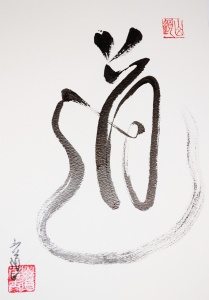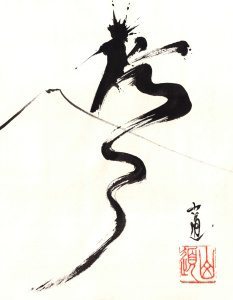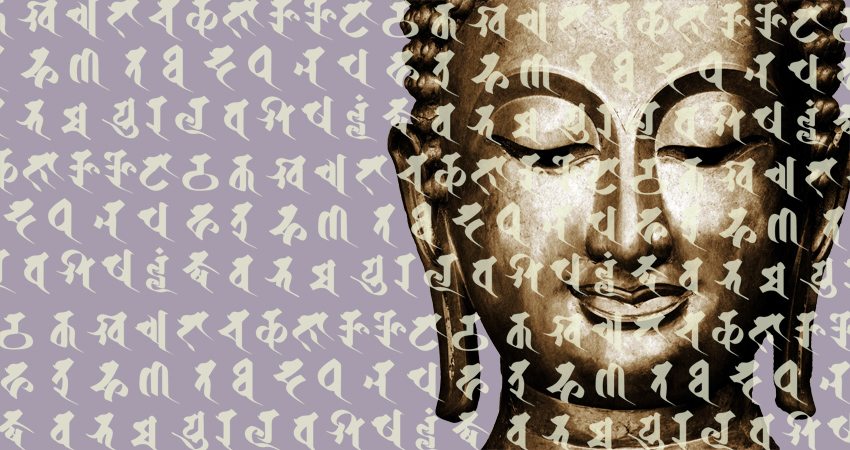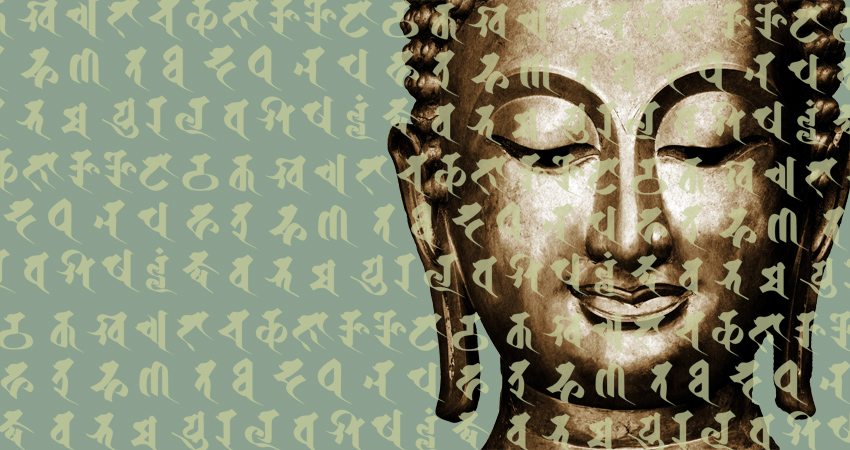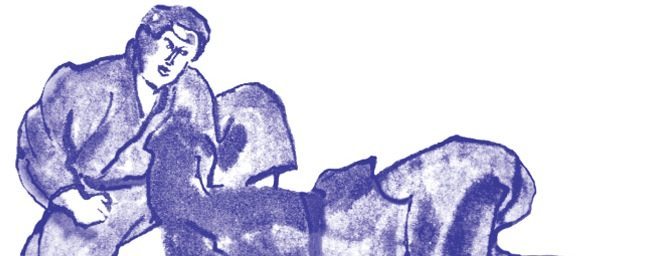
The Martial Arts as a Spiritual Pursuit (Part One)
Categories: Fitness & Sports Martial Arts
Guest Post by Walther G. von Krenner and Ken Jeremiah
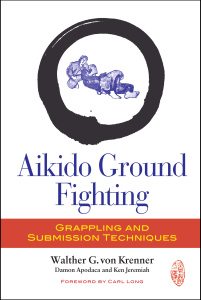
The following is the first segment of a two-part series by Walther G. von Krenner and Ken Jeremiah who, along with Damon Apodaca, co-authored the book Aikido Ground Fighting: Grappling and Submission Techniques.
The Martial Arts as a Spiritual Pursuit (Part One)
People turn to the martial arts for many reasons. Some are afraid, looking to defend themselves. Others join for the spirituality that they perceive in such arts. They are searching for meaning in their lives, wondering why they are here. Such questions torment many, and clear answers elude. What is life? What is its purpose? Aikido teacher Tohei Koichi (1920-2011) once compared human beings to ships on undulating ocean waves. They travel to and fro with no destination in sight and, without an aim, are lost. He used to say that people should set their sights on a star. They will definitely never reach that star, but they will become steady. They will move in a consistent direction. This is an analogy to describe the Path that so many set out to find. Searching for meaning, one must find such a Path, set foot upon it, and then never look back.
"Michi (The Way)"
In feudal Japan, the martial arts only encompassed battlefield techniques. Their mastery meant the difference between life and death, and the arts did not contain any explicit spiritual dimensions. Of course, some warriors supplemented their training with Shinto- or Buddhist-based ascetic and meditative training, but the arts themselves had a clear purpose: to produce better trained practitioners than those of other schools, or neither the school nor its adherents would survive. The warriors would not return from battle, and the training facilities would shut down, the clan’s art to disappear forever. The top schools flourished because their practitioners consistently emerged victorious despite overwhelming odds. Others admired their skills and wanted to protect themselves, so they hired such successful warriors to teach. In this way, martial arts lineages began.
Once the Warring States era ended, a change occurred. The arts took on a spiritual dimension, and practitioners came to realize that through hard physical and mental training (called shugyo in Japanese), a spiritual dimension naturally developed. In time, students gained insight into the very nature of reality. Such training continues today, but enlightenment does not occur while relaxing and contemplating the true nature of life and death; it only occurs through dedicated training and unwavering perseverance. In ancient times, warriors pursued arts like the Tea Ceremony or calligraphy or painting as Paths that could lead to spiritual awakening, and it didn’t matter which Path people chose to follow. These days, even activities like writing, carpentry, or countless other art forms can serve as Paths. People only need to devote themselves to the Way that they have chosen in a wholehearted manner to discover their true life purpose.
Walther G. von Krenner conducting a Kendo class in Kalispell, Montana
The martial arts are a spiritual pursuit.
The microcosm mirrors the macrocosm. Faiths throughout the world use different terminology to explain this concept. In Mahayana Buddhism, for example, there is the Mahavairocana Buddha, symbolic of the universe itself. Within its great body is all of existence, including humankind. And within each human body is the divine animating spark. This understanding has led various enlightened individuals to make statements like, “Seek your own innate Buddhahood,” “Find the Kingdom of God within,” or “I am the Universe.” Truly understand yourself and your own inner fortitude. Then, and only then, will a universal understanding avail itself.
When beginners enter a martial arts dojo, they begin learning how to stand and move correctly. In time, they become stronger and more confident, and they learn more advanced techniques. The white belt with which they started picks up dirt and blood along the way, and it becomes black. This is the place along the Path where many people stop training. They erroneously believe that they have learned everything the art has to teach, and they think that they are experts. Perhaps outsiders view them as experts, but an understanding of an art’s physical techniques does not encompass expertise. Those who stick with it continue to improve and change. Their techniques expand and then disappear as they become second nature. The stances that they struggled to perfect for years now become no stance, as they cannot stand or move any other way, even if they wanted to. In fact, they begin to personify the art, which they once looked upon as outsiders. They embody its movements, its principles. And when this happens, the spiritual dimensions appear.
The black belt they wear begins to fray with use, turning various shades of gray before returning to white, the same color in which it started. The practitioners too change. As they learn more and more, they begin to think of themselves as experts, donning a black belt. In time, they realize that what they know is only a drop of water in an infinite ocean, and they return to thinking like a beginner, once again sporting a white belt. They are open to learning new things, so their progress becomes unlimited. It is at this stage that they begin to realize the true nature of existence and the purpose of life and death. This understanding cannot be rushed. Students cannot skip the hard work and still gain understanding; people who think that they understand what the great masters only understood after decades of training are deluding themselves.
The Path is difficult, which is why many stray from it. One thing that perhaps leads people to leave the arts more than anything else is perceived insubstantial progress. Certainly, some people have more initial skills than others in a particular area. Everyone is good at something, but for some people, figuring out what that is takes time. When they start studying the martial arts and see others becoming stronger and more agile faster than they are, it is disheartening. Unfortunately, many students like this quit. It is unfortunate because those who struggle early on typically have the most amazing success stories. They become an inspiration to those around them. Tesshu Yamaoka (1836-1888) once painted two pieces. One depicts a dragon ascending Mt. Fuji, which reaches the summit quickly without struggle. The other shows a snail laboring to climb the mountain. When it sets out, such a climb must seem like an impossible task. Even after the first several days, it must seem as if it were no closer to the destination than when it started. No matter how much it progresses, the pursuit must seem never-ending. The snail could quit at any time, which is what most people do when facing such a long and difficult Path, but if it continues the journey, it will eventually reach the summit. It will attain its goal.
"Snail Climbing Mt. Fuji, after Tesshu" Calligraphy by Walther G. von Krenner
Some people who do not understand the value in such a pursuit might admire the attainment of the dragon, which reached the top almost instantaneously and then moved on to other things. However, the dragon did not experience the journey. There were no trials and tribulations, so for it, the trip was not spiritual. It was just a stopover. For the snail, each moment is literally a matter of life and death. Facing adversities, it could stop and give up. This would be the easy route. But if it continues, it will eventually reach its goal, and have a much richer and more rewarding experience in the process. Whatever path you follow, pursue it wholeheartedly. Devote yourself and do not stray. Never give up. In the end, you will certainly find what you are looking for, and you will discover your own innate divinity.
Continued in part two…
About the Authors
Walther G. von Krenner has been studying Japanese martial arts since 1957. He trained in Japan at the Aikido Hombu Dojo while the founder Ueshiba Morihei was alive, and he continues to teach in Kalispell, Montana. More information about him can be found at http://kalispellaikido.net. Ken Jeremiah writes about spiritual and religious phenomena. His website is www.kenjeremiah.com. Together with Aikido instructor Damon Apodaca, they have coauthored Aikido Ground Fighting. Other books about spirituality and the martial arts are forthcoming.
(c) 2015, Walther G. von Krenner and Ken Jeremiah
Tags: Buddhism Japanese Martial Arts Self-Improvement & Inspiration Ken Jeremiah Walther G. von Krenner
